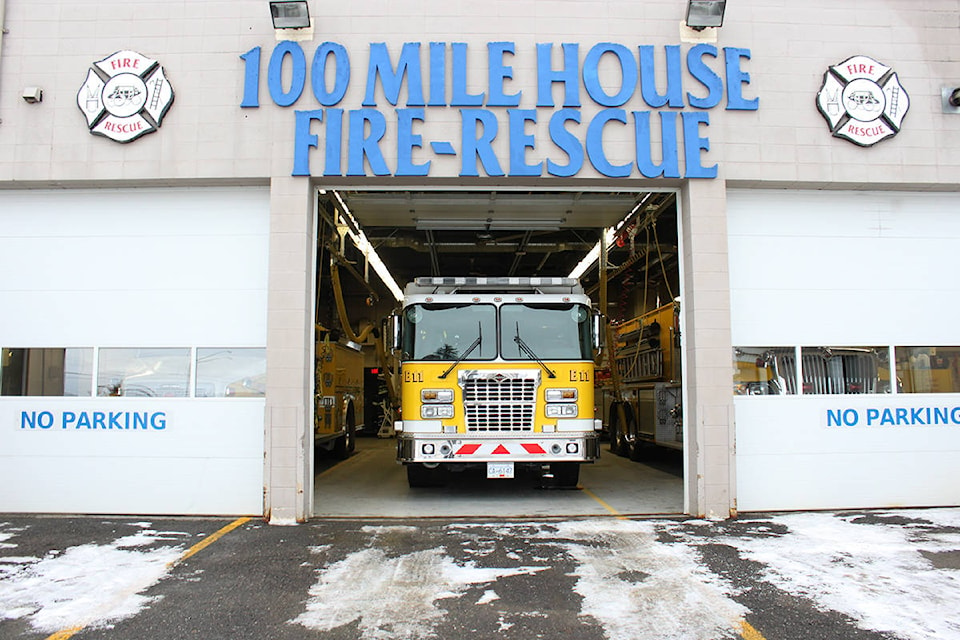With the wildfire season coming, 100 Mile House Fire-Rescue is reminding residents of the potential fire hazards that can be avoided during the hot summer months.
“We are finding that not a lot of people are complying or going by the suggestions on how to fire smart their own homes and property,” said fire chief Roger Hollander. “If everybody could fire-smart their homes and surrounding property, we would be in much better shape if a fire were to occur.”
There are a few simple steps set out by the national initiative, FireSmart Canada, for homeowners to follow that will reduce the risks of a wildfire.
Read More: CFC announces Category 2 fire ban effective noon May 10
“I think these guidelines are essential to follow because wildfires are happening more frequently,” said Hollander. “We respond to a lot of fires that are caused by homeowners and fire gets away from them. The wind can pick up and they might not be prepared from that.”
FireSmart Guidelines for homeowners:
Zone 1: Home/Yard; this is an area up to 10 metres from a home.
According to FireSmart, this should be a fire-resistant zone, free of all materials that could easily ignite from wildfire.
Homeowners should remove any debris that is easily ignited by sparks or embers. Any changes within 10 metres of your home, such as the removal of combustible surface material, will make a big difference.
Firewood piles should also be at least 10 metres from your home.
Zone 2 is the outer yard, which extends from 10 to 30 metres from a home.
Before the hot summer months, homeowners can thin and prune coniferous trees to reduce potential hazards in this area. Clean up accumulations of fallen branches, dry grass and needles from the ground to eliminate possible surface fuels.
Zone 3 is a large yard or neighbourhood, from 30-100 metres away from a home.
Look for opportunities to make a fire break by creating space between trees and other potentially flammable vegetation. Thinning and pruning trees is effective. Homeowners can space trees three metres apart, from branch tip to branch tip - this helps to reduce the intensity and rate of spread of a wildfire.
“I would ask people to start with fire-smarting their homes and install alarms,” said Hollander. “We are still running into homes that are without an alarm. The technology has been around for many years and we need people to have these in their homes at the very least.”
The 100 Mile House Fire-Rescue has a program, where they will provide and install fire alarms for people living within the fire protection area, who cannot afford to purchase one.
For further questions or a Fire Smart Homeowner’s Manual, call 100 Mile House Fire-Rescue at 250-395-2152.
newsroom@100milefreepress.net
Like us on Facebook and follow us on Twitter.
